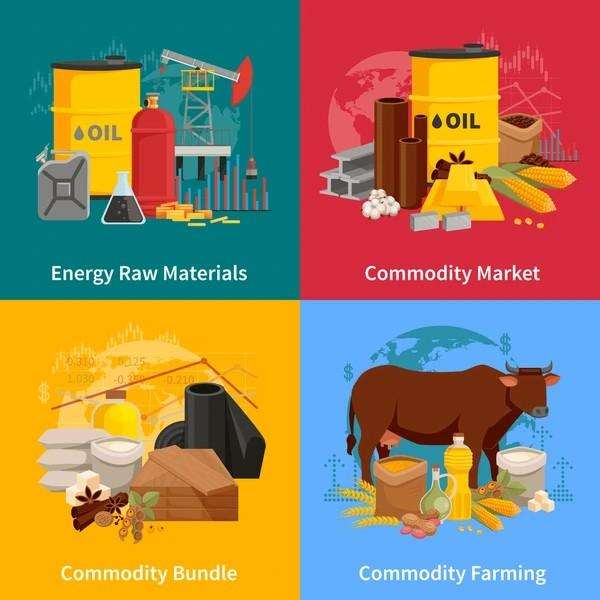A Commodity Market is a physical or virtual marketplace where raw or primary products are bought, sold, and traded. These markets can include a variety of commodities such as metals, energy, agriculture, and livestock. Commodities are basic goods used in commerce that are interchangeable with other goods of the same type.
Table of Contents
Key Features of a Commodity Market
1. Types of Commodities:
- Hard Commodities: These are natural resources that must be mined or extracted, such as gold, oil, and rubber.
- Soft Commodities: These are agricultural products or livestock, such as wheat, coffee, sugar, and pork.
2. Standardization:
- Uniform Quality: Commodities traded on these markets are standardized in terms of quality and quantity. This ensures that they are interchangeable, regardless of where they are produced.
3. Trading Platforms:
- Physical Markets: These are traditional markets where actual goods are bought and sold.
- Futures Markets: In these markets, traders buy and sell futures contracts, which are agreements to buy or sell a commodity at a future date and a predetermined price.
Importance of the Commodity Market
1. Price Discovery:
- Market Prices: The commodity market plays a crucial role in determining the prices of raw materials, which affects the cost of production for various goods.
- Supply and Demand: Prices are influenced by the global supply and demand for commodities.
2. Hedging:
- Risk Management: Producers and consumers of commodities use futures contracts to hedge against price fluctuations. This helps in managing risks associated with price volatility.
3. Economic Indicators:
- Economic Health: Commodity prices can serve as indicators of economic health. For instance, rising oil prices might indicate strong economic activity, while falling prices could signal a slowdown.
Example of Commodity Markets
1. Chicago Mercantile Exchange (CME):
- Futures Contracts: The CME is one of the largest and most diverse commodity markets, offering futures contracts for a wide range of commodities, including agricultural products, energy, and metals.
2. London Metal Exchange (LME):
- Metal Trading: The LME is a major center for trading metals such as aluminum, copper, and zinc. It provides futures and options contracts to help manage price risks.
How Commodity Markets Work
1. Spot Market:
- Immediate Delivery: In the spot market, commodities are bought and sold for immediate delivery. Prices in the spot market are often referred to as spot prices.
2. Futures Market:
- Future Delivery: Futures markets involve trading contracts for the delivery of commodities at a future date. These contracts specify the quantity, quality, and delivery time of the commodity.
- Speculation: Traders in the futures market may not have any intention of taking physical delivery of the commodity. Instead, they speculate on price movements to make a profit.
Benefits and Challenges of Commodity Markets
Benefits:
- Price Stability: Commodity markets help in stabilizing prices by balancing supply and demand.
- Risk Mitigation: They provide tools for producers and consumers to hedge against price risks.
- Investment Opportunities: These markets offer various investment opportunities for traders and investors.
Challenges:
- Price Volatility: Commodity prices can be highly volatile, influenced by factors such as weather, geopolitical events, and changes in supply and demand.
- Market Manipulation: There is a risk of market manipulation, which can lead to unfair trading practices and financial losses.
- Complexity: Understanding and participating in commodity markets require specialized knowledge and expertise.
Conclusion
A Commodity Market is essential for the global economy, providing a platform for trading raw materials and managing price risks. By understanding the key features, importance, and workings of commodity markets, individuals and businesses can make informed decisions and effectively manage their exposure to commodity price fluctuations.





